Crawl Space Repair Services...everything under
moisture barrier installs - insulation - encapsulations - floating applications
'encapsulation'_ verb, def. - to enclose in from something, respectively the closing in of the crawl space from exterior sources of moisture, to include, closing of vents, wrapping of piers, wrapping of walls & covering the ground thoroughly & by conditioning the air through a dehumidification process
'non-mechanical encapsulation' _verb, def. - to enclose in a crawl space from all exterior sources of moisture other than the vents & air, this involves wrapping the piers, walls & covering the ground with a moisture barrier thoroughly but negates the use of a dehumidifier
'impermeable' _adjective, def. - a membrane not permitting passage of a fluid through its substance
Standard Moisture Barrier Installs
A moisture barrier properly installed does just that, it becomes a barrier protecting against the excess moisture vapors coming from the ground. Full coverage is necessary to minimize the transmission of moisture vapors into the atmosphere of your crawl space. 90% of all the crawl space problems start right there with not having a moisture barrier, or not having one that is properly installed.
Differing thicknesses in vapor & moisture barriers offer different levels of ‘permeability’, versatility & longevity. A heavier liner will withstand being crawled on & does not drag easily. The shelf life of a thicker liner is better and the extra effort it takes to install the heavier liner is minimal. We encourage our customers to use a thicker poly for all the right reasons & not oversell it.
Most building codes require a minimum of a 6mil poly for a moisture barrier ground cover within a crawl space, & for all the right reasons. Most building codes stop there however & ‘just a 6 mil’ installed in the wrong setting will cause all the damage that adds up to about 3 billion dollars a year in crawl space & foundation repair costs,
HOME MECHANIX understands the dynamics involved in determining what installation technique that is best for your crawl space. Every job gets a custom service & design approach. Skip the crawl space victim line & call today for an honest, educated & fair evaluation and it’s free!
Non-Mechanical Encapsulations
Eliminating all sources of moisture from a problem crawl is the first step to regaining a healthy crawl space. Structures that have large crawl spaces face ventilation & stagnation issues from lack of proper airflow. This requires a thicker poly which will help prevent from staking or poking holes in the poly. Eliminating all sources of moisture is the mission here. Concrete & masonry products such as cinder blocks & bricks wick up moisture from the ground. Pier columns become moisture vapor suppliers as they allow moisture vapors to permeate into the air becoming a 'vapor supply source'
through the pores. 'Wrapping the piers' & 'wrapping the walls' with poly is the solution & it is very effective.
Mechanical Encapsulations
Some of the most stubborn moisture problems can only be solved by conditioning the air. Complex crawl spaces that have large footprints & extensive duct work are candidates for this type of system. The dehumidifier can fix most every problem in the crawl space when properly installed, however most problems can be solved without one. We use dehumidifiers as a last resort. Preventive maintenance becomes an issue along with the expense of an electrician. Dehu's in an enclosed encapsulation traps organic gases that VA code recognized as a health hazard in 2018 & now requires they be mechanically exhausted.
HOME MECHANIX knows crawl spaces & can recommend a proper fix for your crawl space. We do not oversell the job.
Floating Moisture Barrier Application
Two-thirds of the Floating Moisture Barriers we have installed are in non-flood zones. The non-flood zone need for a floating application is usually because of the height of the crawl space. The other is the expense of adding sand. The best thing for a sub-grade crawl space is for sand to be added that would bring the inside of the crawl space level or above the exterior adjacent grade. This is not always possible because of the 18" clearance needed to the bottom of the joist to meet code. The other factor in a customer deciding for a floating application is expense. The Floating Moisture Barrier system runs close to 50% less than a drain & sump system.
HOME MECHANIX will accurately assess your crawl space & determine the best fix for your structure. Call today to get your RAIN BOMB proof crawl space.
757-290-9090
- marks of a properly installed moisture vapor barrier
- right one installed in right conditions
- 100% ground coverage
- piers & foundation stools 'cut in'
- pulled & button staked tight, if applicable
- edges on wall 'trayed-up', prevents spillage on top
- 6" overlapping edges, reduces organic gas leakage
- heavy button staked or taped in entry & plumbing areas
- clean & free of debris
- building codes & crawl space vapor barriers
Most building codes require a minimum of a 6mil poly for a moisture barrier ground cover within a crawl space, & for all the right reasons. Most stop there however & ‘just a 6 mil’ installed in the wrong setting will significantly decrease the life of the sub-structure. Foundational damages that add up to about 3 billion dollars a year in repair costs. Make sure before you install a moisture barrier that ground water intrusions will not get on top of it, this alone accounts for a large portion of the rot going on in the crawl space nationally.
- advantages of a thicker moisture barrier
- better 'permeability' , less transmission of moisture vapors
- longer life, needs replacing less often
- more durable, will withstand being crawled upon
- minimal extra installation effort, relatively speaking
-marks of a properly installed dehumidifier
- dehumidifier is properly rated for the cubic foot of the crawl space
- crawl space is mechanically vented correctly to expel organic gases
- walls & cinder blocks piers are wrapped to reduce moisture supply
- dehumidifier is level, allows proper discharge of water
- all foundation vents sealed
- RH setting set at or about 50%
- BEWARE!!!! - Industry service warning!
Don't be the victim of 'buying just a dehumidifier'. A dehumidifier needs an enclosed area to treat with all sources of moisture supply eliminated. Over & over again we see a dehumidifier installed without preparing the crawl spaces environment correctly. Brick & cinder block 'wick-up water' & 'permeate' moisture into the air. In order to condition the environment effectively the piers & walls should be wrapped. Anyone selling a dehumidifier without offering an encapsulation as part of the service is deceiving you. Imagine trying to cool your refrigerator with the door open, it will not only cool the contents ineffectively, but it will run continuously decreasing it's lifespan by more than half. The same is true with a dehumidifier, in order to work correctly it needs to be closed off from the outside environment & all sources of moisture supply should be addressed.

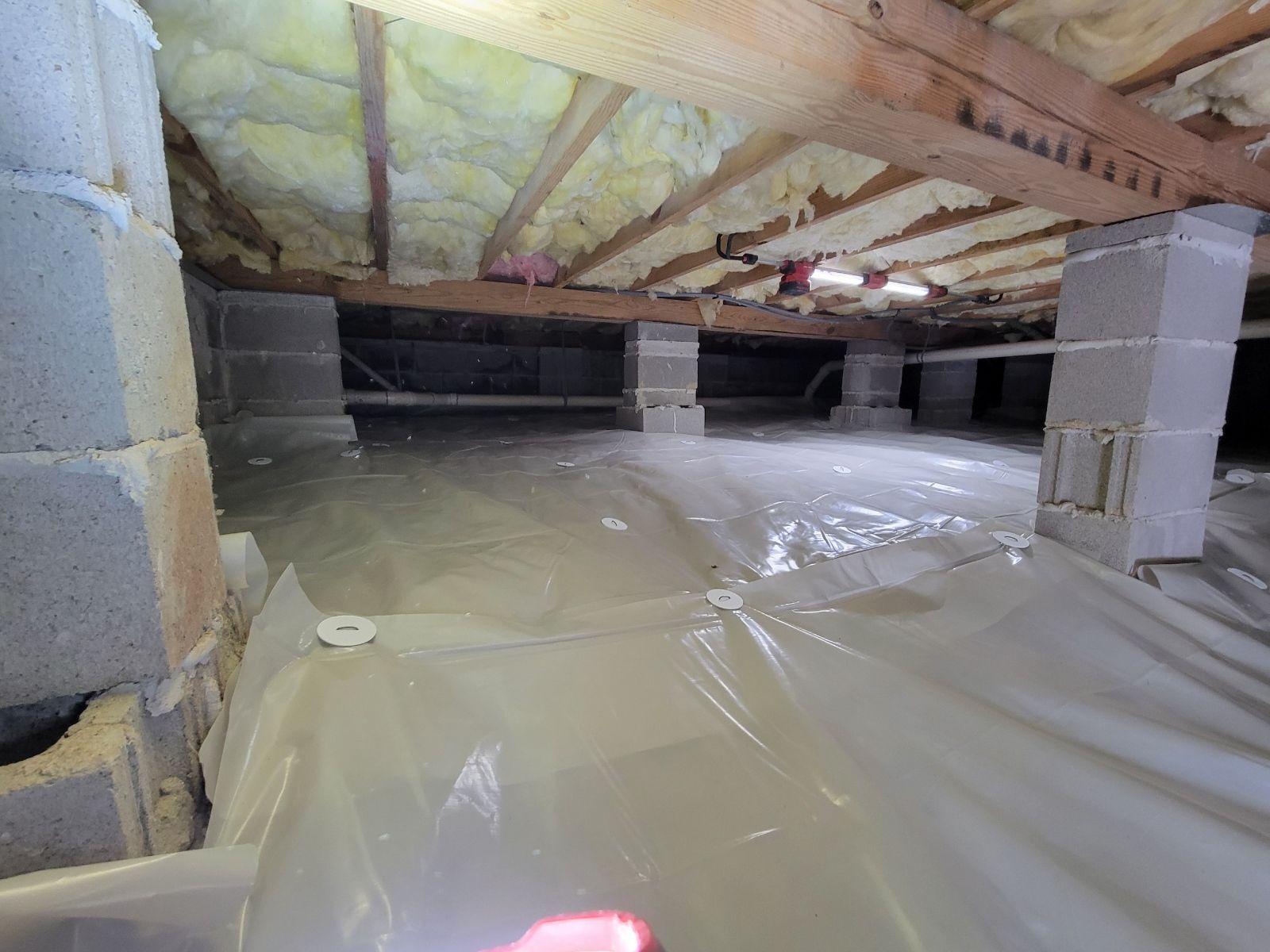
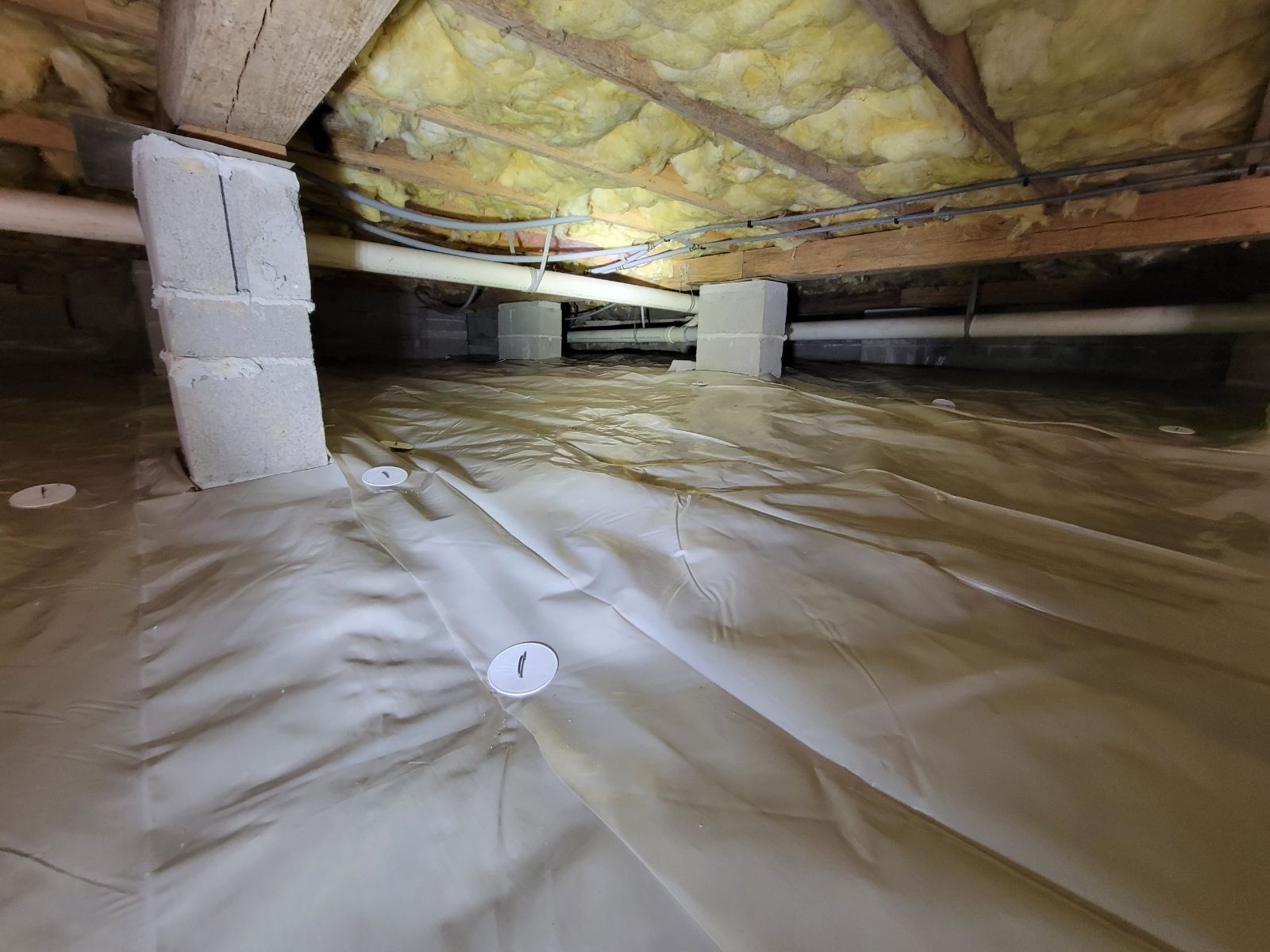
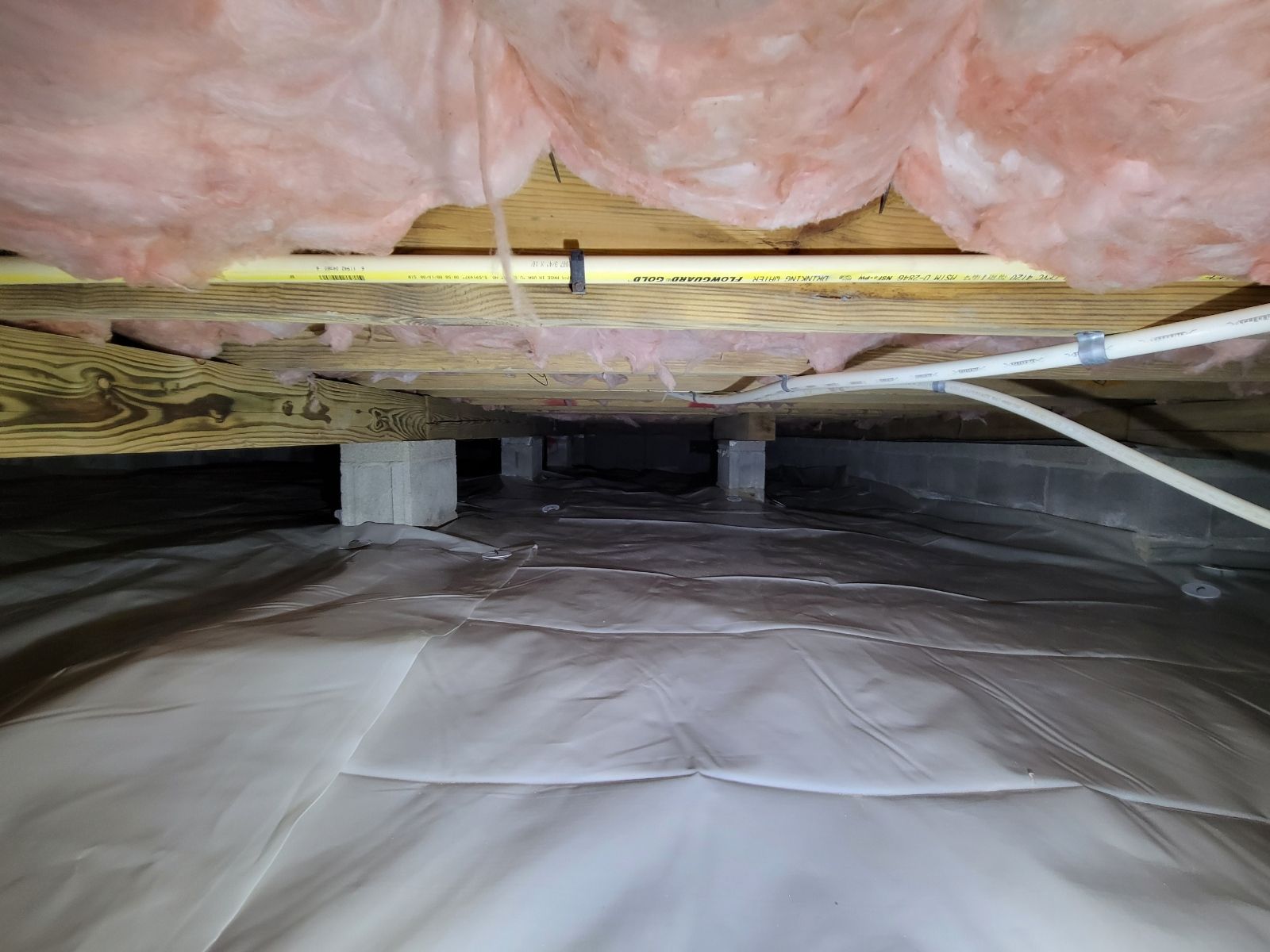
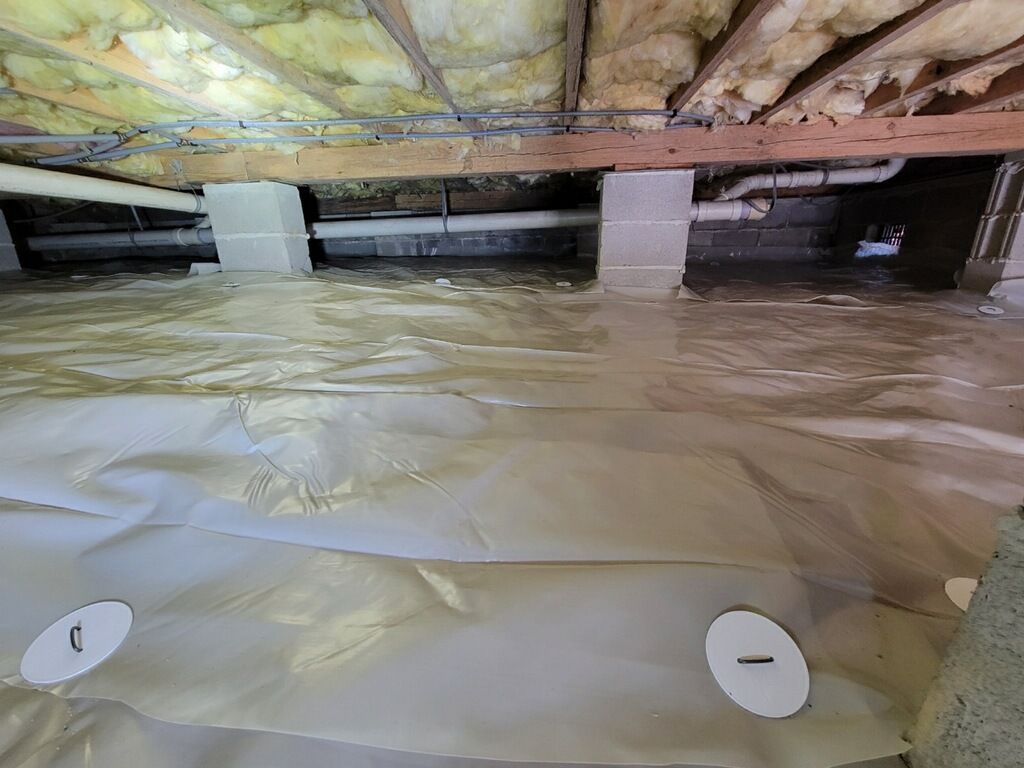
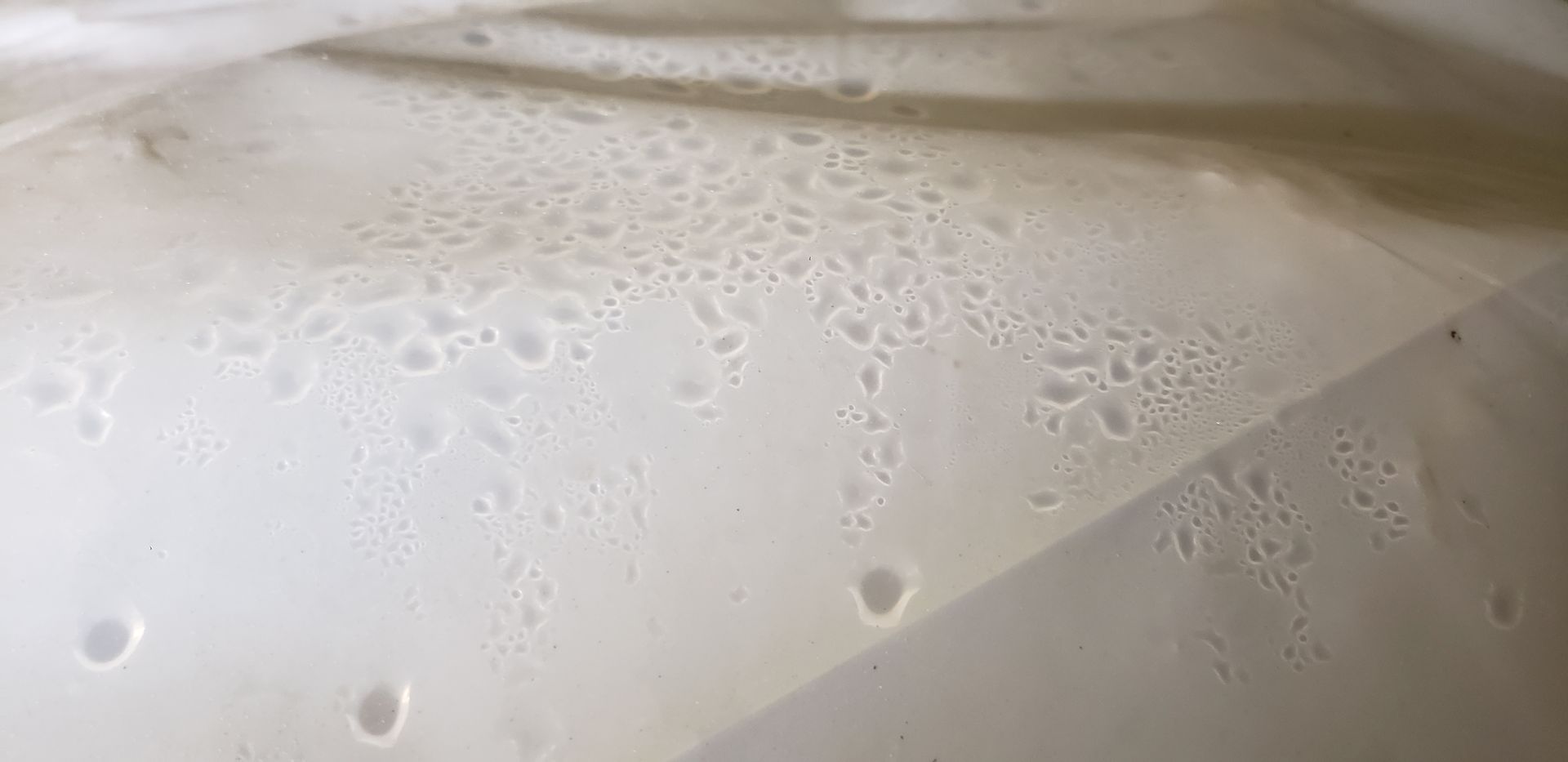
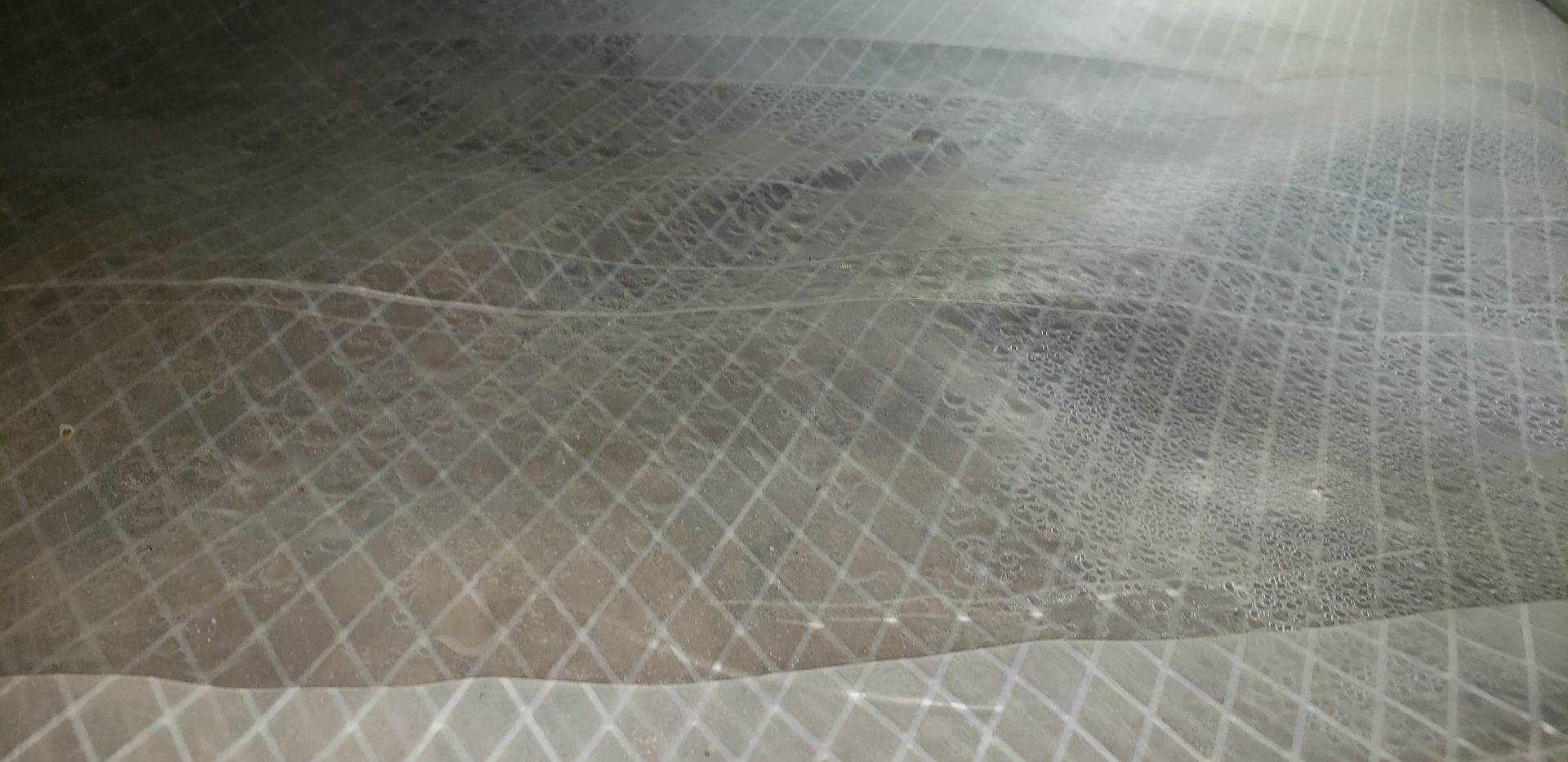
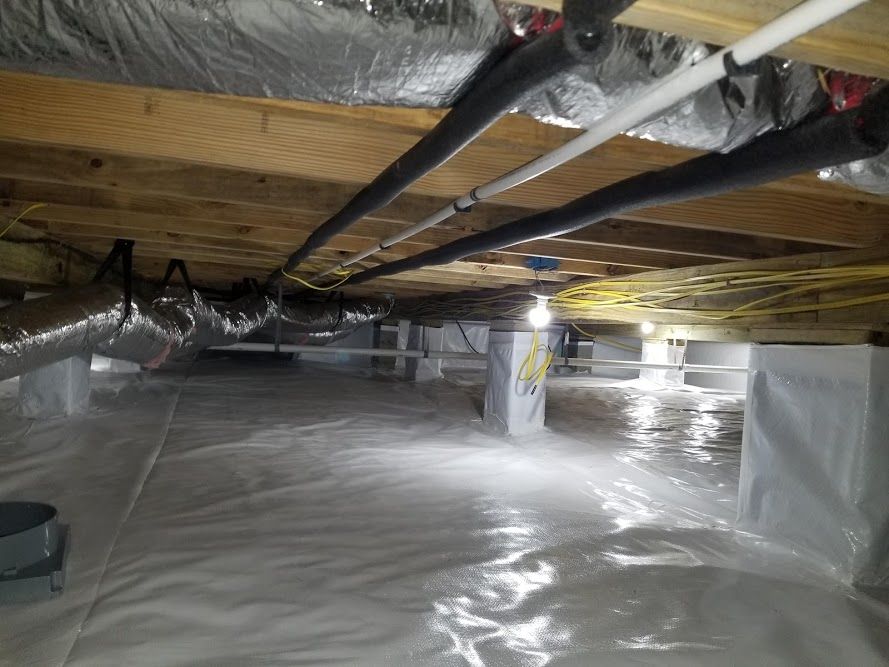
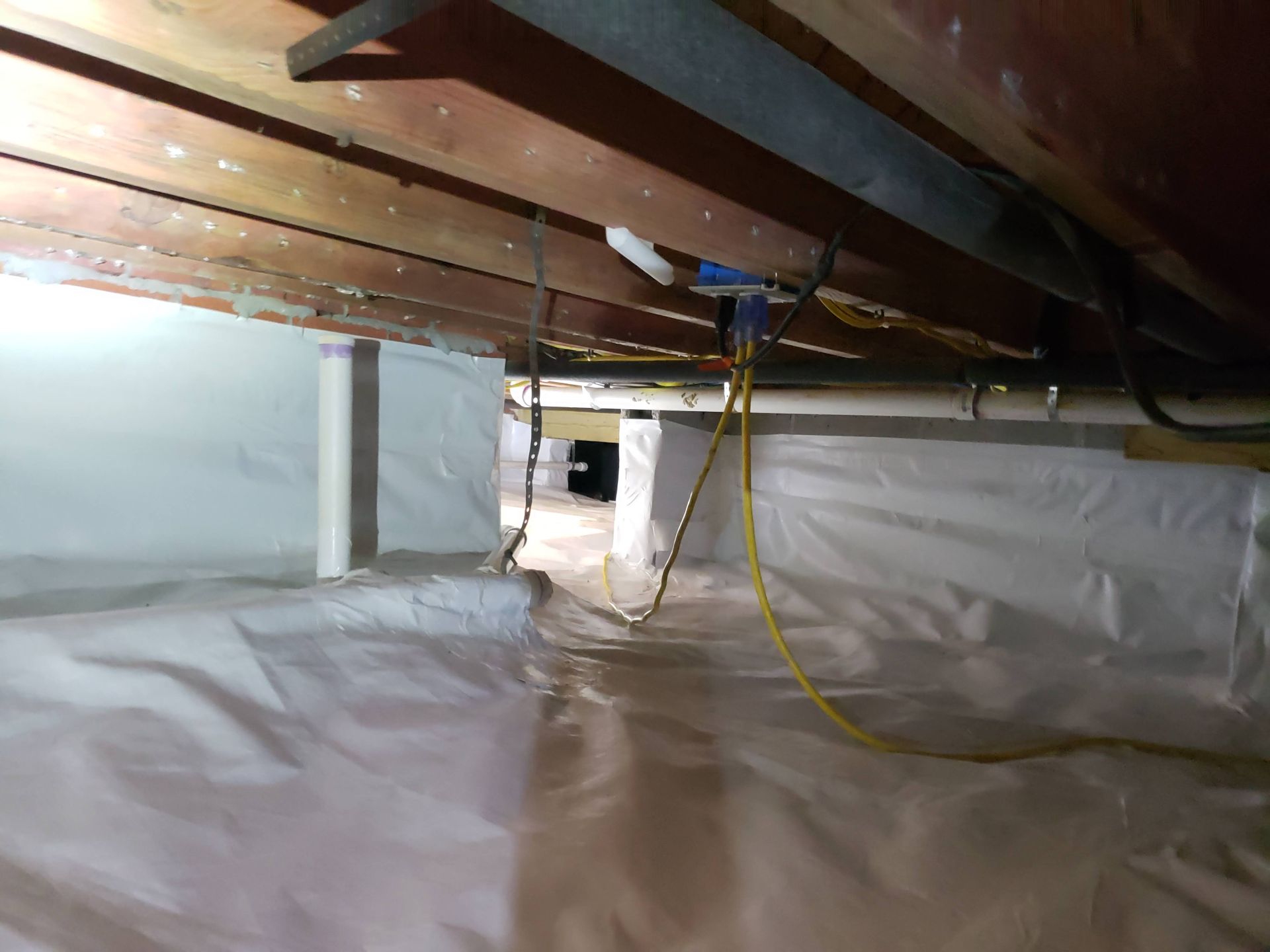
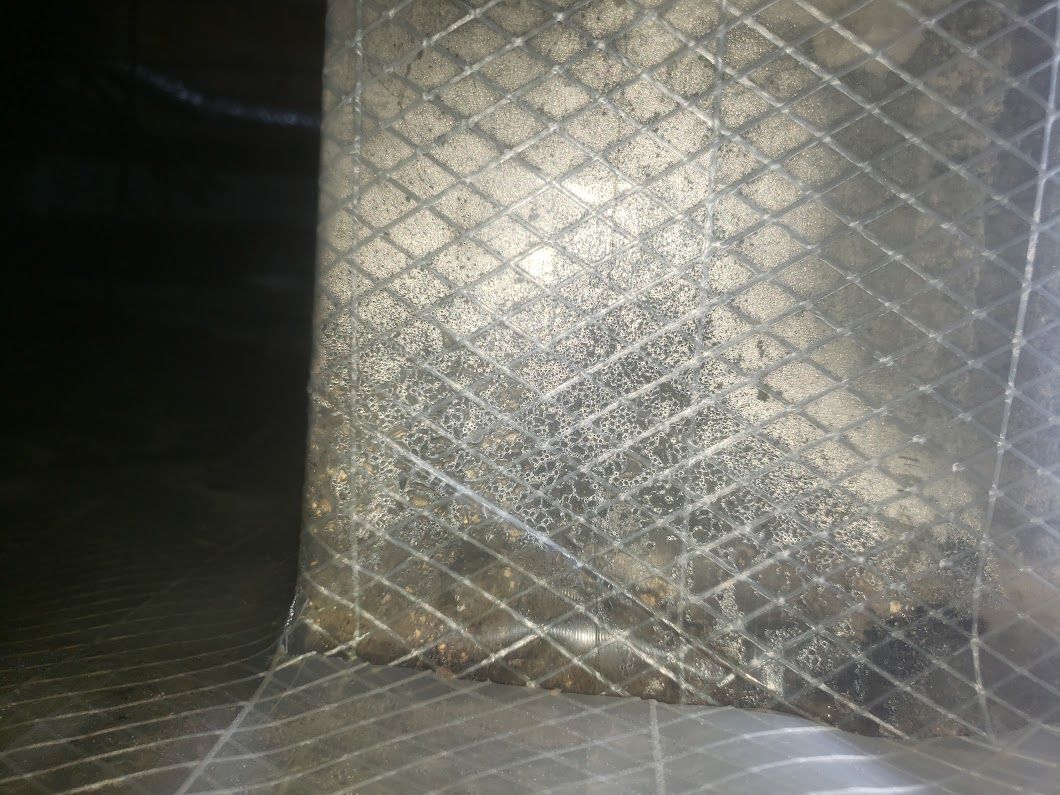




Share On: